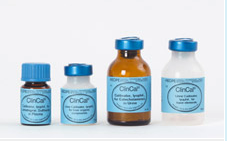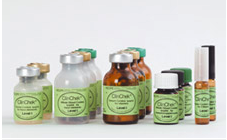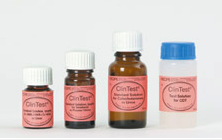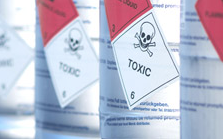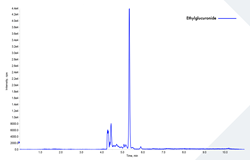The diagnosis of alcohol abuse is complex and delicate both for clinical-diagnostic reasons and for medico-legal implications.
In addition to the classic hematological and biochemical indices usually taken into consideration (such as AST, ALT, GGT and MCV), in recent years the use of %CDT (desialated transferrin) and Ethylglucuronide has become increasingly popular. EtG is a non-volatile, polar, relatively stable molecule formed by the conjugation of ethanol with glucuronic acid. Unlike CDT, ethylglucuronide (EtG) is therefore a direct metabolite of ethanol in serum and urine up to 80 hours after the last intake. Furthermore, its presence in hairs and other tissues further increases its diagnostic value. The keratin matrix, in fact, has the undoubted advantage of being able to broaden the surveillance window, theoretically allowing to identify not only a recent continuous abuse, but also an abuse in previous times. The keratin matrix has many practical advantages compared to other biological samples, such as the greater ease of collection that can also be carried out by non-medical personnel, the non-invasiveness of sampling, the easy storage of the material and the stability of the analytes.


